Samsung Galaxy Z Fold 5: release date, price, features, and everything you need to know
Samsung's foldable champion for 2023
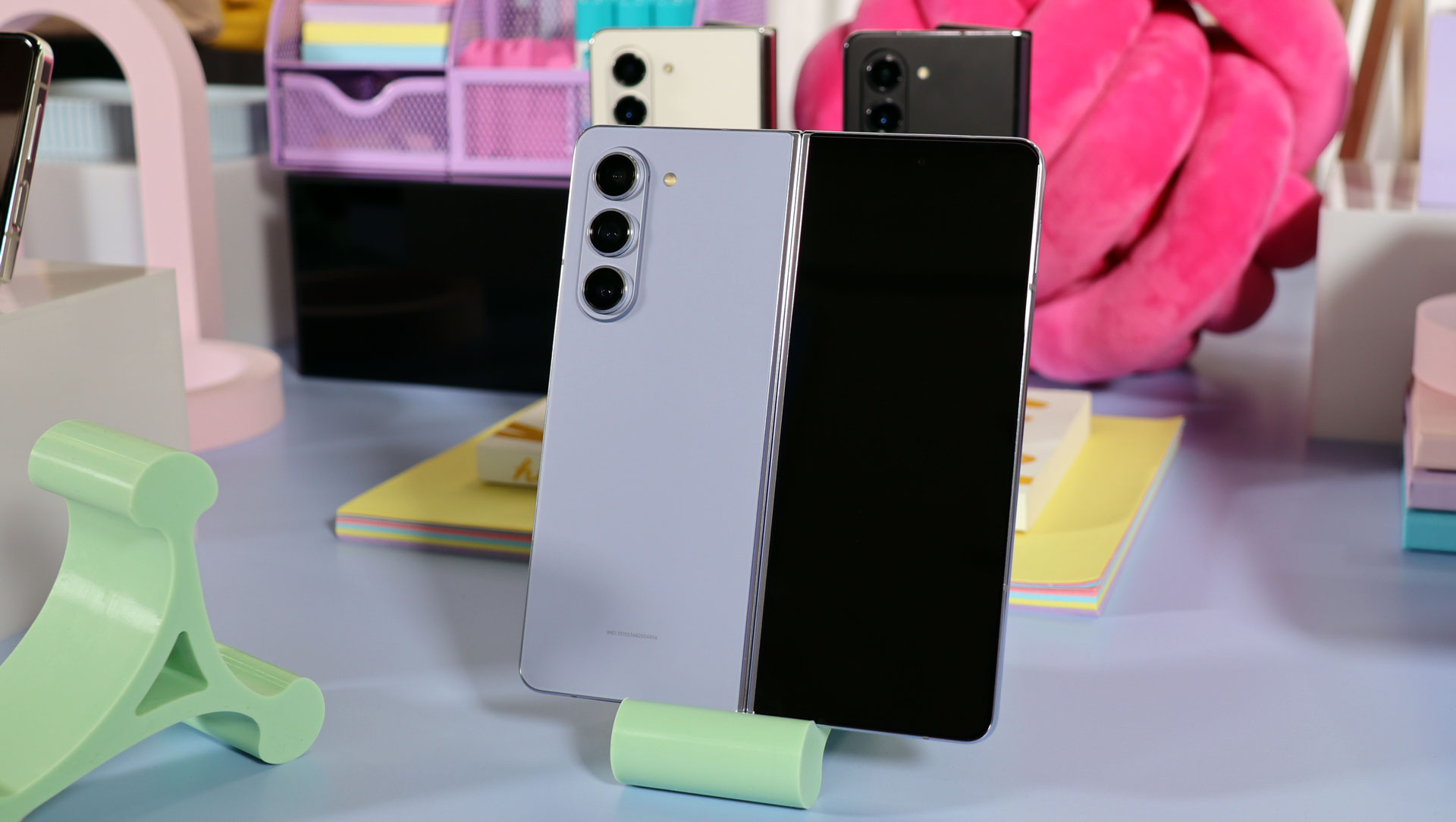
The Samsung Galaxy Z Fold 5 could be the pinnacle of foldable phones in 2023, and it’s certainly Samsung’s most high-end and expensive model.
This new device – which was unveiled on July 26, alongside the Samsung Galaxy Z Flip 5 – has a massive foldable screen, a phone-sized secondary screen, and impressive specs across the board. That said, on paper at least, it’s not a huge upgrade on the Samsung Galaxy Z Fold 4 in every area.
Below, you’ll find all the key specs of Samsung’s latest best foldable phone contender, along with full details of its release date and price.
But for our final verdict on the phone, head to our full Samsung Galaxy Z Fold 5 review. We've also got verdicts on Samsung's other new devices, for those, head to our Samsung Galaxy Z Flip 5 review, our Samsung Galaxy Tab S9 review, and our Samsung Galaxy Tab S9 Ultra review.
Or if you're more interested in wearables there's our Samsung Galaxy Watch 6 review and our Samsung Watch 6 Classic review.
Cut to the chase
- What is it? The latest foldable flagship from Samsung
- When is it out? Shipped on August 11
- How much does it cost? Starts at $1,799.99 / £1,749 / AU$2,599
Samsung Galaxy Z Fold 5: price and availability
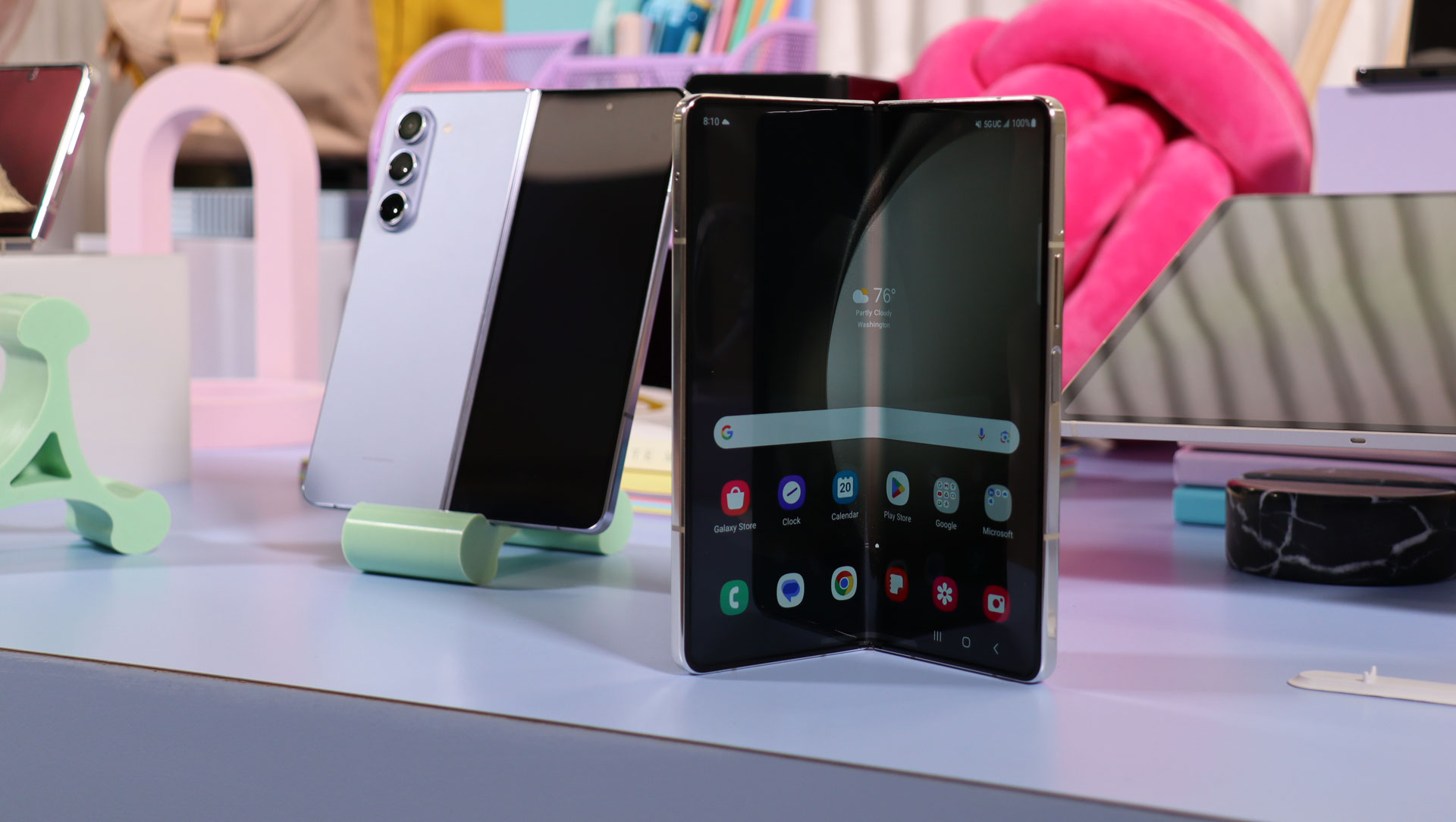
The Samsung Galaxy Z Fold 5 was announced during the company’s second Samsung Galaxy Unpacked event of 2023, alongside the Samsung Galaxy Z Flip 5, the Samsung Galaxy Watch 6 line, and the Samsung Galaxy Tab S9 line. It’s already out, as it shipped from August 11.
Of course, this is an expensive phone, with prices starting at $1,799.99 / £1,749 / AU$2,599. That’s for a model with 256GB of storage and 12GB of RAM.
Get daily insight, inspiration and deals in your inbox
Sign up for breaking news, reviews, opinion, top tech deals, and more.
All versions come with the same amount of RAM, but if you want 512GB of storage you’ll be paying $1,919.99 / £1,849 / AU$2,799, while the top 1TB model costs $2,159.99 / £2,049 / AU$3,149.
The Samsung Galaxy Z Fold 4 is available in the same configurations, and this pricing means the Z Fold 5 is more expensive than that phone (which started at $1,799 / £1,649 / AU$2,499) in the UK and Australia, but the starting price hasn’t increased in the US.
Samsung Galaxy Z Fold 5: design
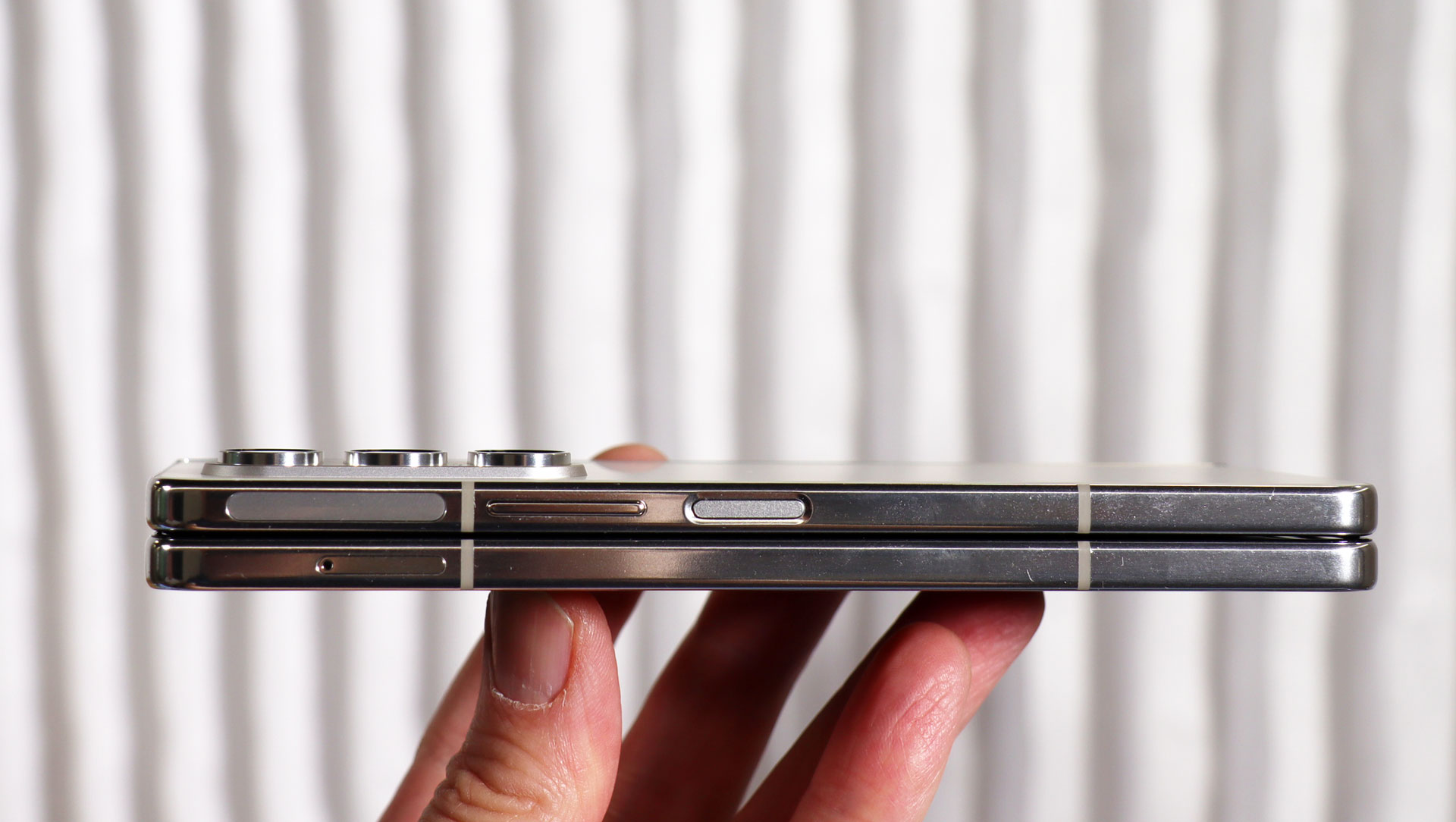
At a glance – and especially when open – the Samsung Galaxy Z Fold 5 looks a lot like the Samsung Galaxy Z Fold 4. Very little has truly changed visually here, but improvements and refinements have been made.
The biggest of these is to the hinge, which has been redesigned to allow the phone to fold flat, with no gaps between the two halves.
At 252.9g and 154.9 x 129.7 x 6.1mm (or 154.9 x 67 x 13.5mm when folded shut), the Samsung Galaxy Z Fold 5 is also thinner and lighter than its predecessor. It’s still not quite as slim as the Google Pixel Fold, but it is around 30g lighter.
Beyond that, the main other change to the design is the rear cameras, with the camera island now being shallower and shorter, and the LED flash sitting outside it this time around.
Otherwise, the Samsung Galaxy Z Fold 5 is hard to tell apart from the Z Fold 4. But it looks to be a well-crafted phone, with Gorilla Glass Victus 2 protecting both the cover screen and the back, a tough Armor Aluminum frame, an IPX8 rating – which means it’s as water resistant as most premium phones, and a choice of Icy Blue, Phantom Black, Cream, Gray, and Blue shades for the phone’s finish – with the final two being exclusive to Samsung’s online store.
Samsung has also incorporated recycled materials into the Z Fold 5’s design and packaging, which is always appreciated.
Samsung Galaxy Z Fold 5: display
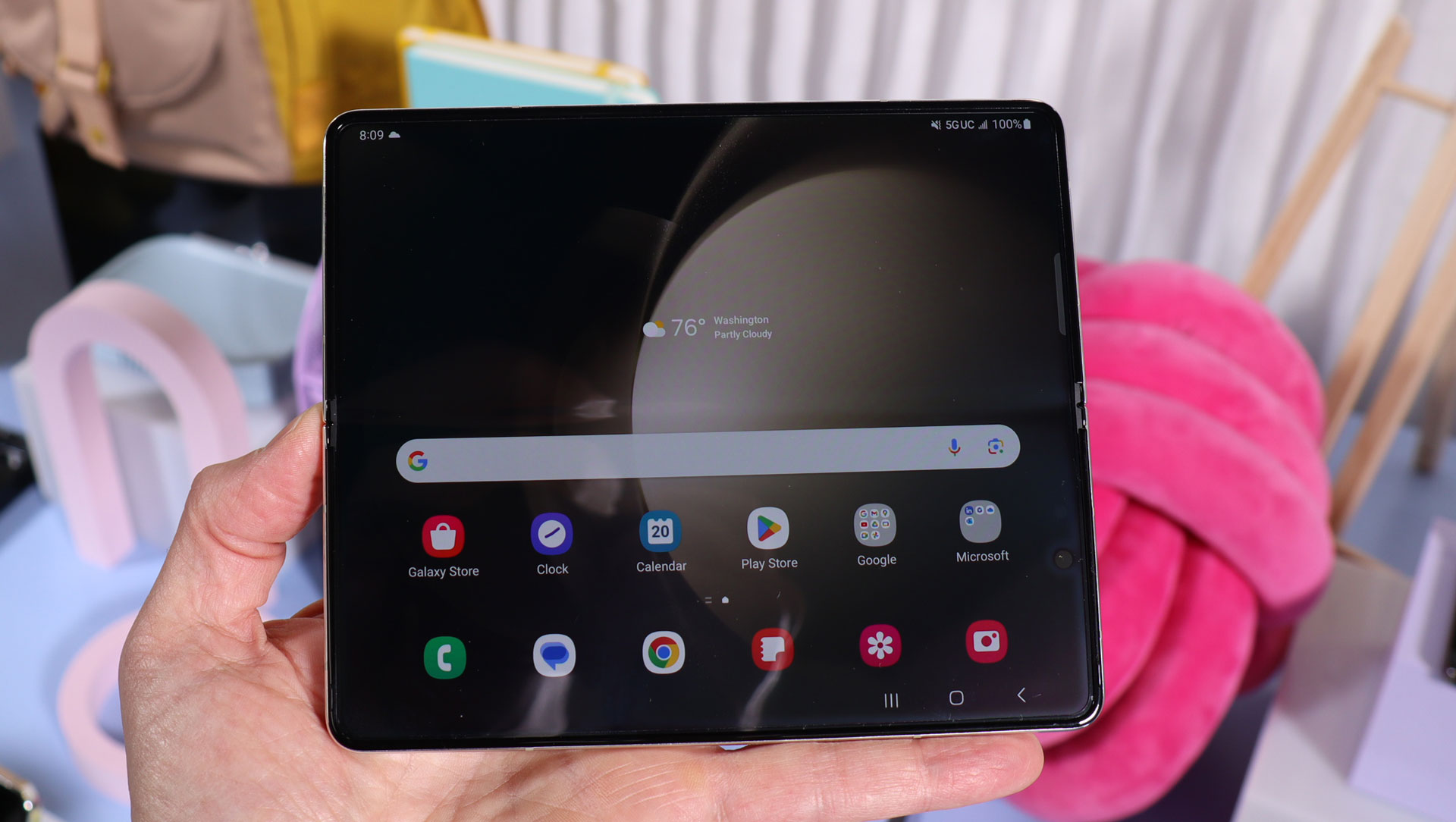
The main, foldable display on the Samsung Galaxy Z Fold 5 is a 7.6-inch AMOLED one with an 1812 x 2176 resolution, an adaptive refresh rate of 1-120Hz, and 374 pixels per inch.
Then there’s also a cover screen, which doesn’t fold and is 6.2 inches. This is a 904 x 2316 AMOLED display which has 402 pixels per inch and a 48-120Hz adaptive refresh rate. There’s a punch-hole selfie camera at the top of this screen, and an under-display one in the foldable screen – more on which below.
On paper, these screens are much the same as those of the Samsung Galaxy Z Fold 4, which also means you’re getting smaller bezels around the main display than on the Pixel Fold, but a much narrower 23.1:9 cover screen.
The main difference seems to simply be the brightness, with the Samsung Galaxy Z Fold 5’s foldable display reaching up to 1,750 nits, which is an increase of more than 30%, and should make it all the easier to use in bright sunlight.
One other small change could be to the crease, which from our early impressions seems like it might be smaller this year – perhaps due to the new hinge design. However, we haven’t had a chance to directly compare this phone to the Z Fold 4 yet, so we can’t confirm this.
Samsung Galaxy Z Fold 5: cameras
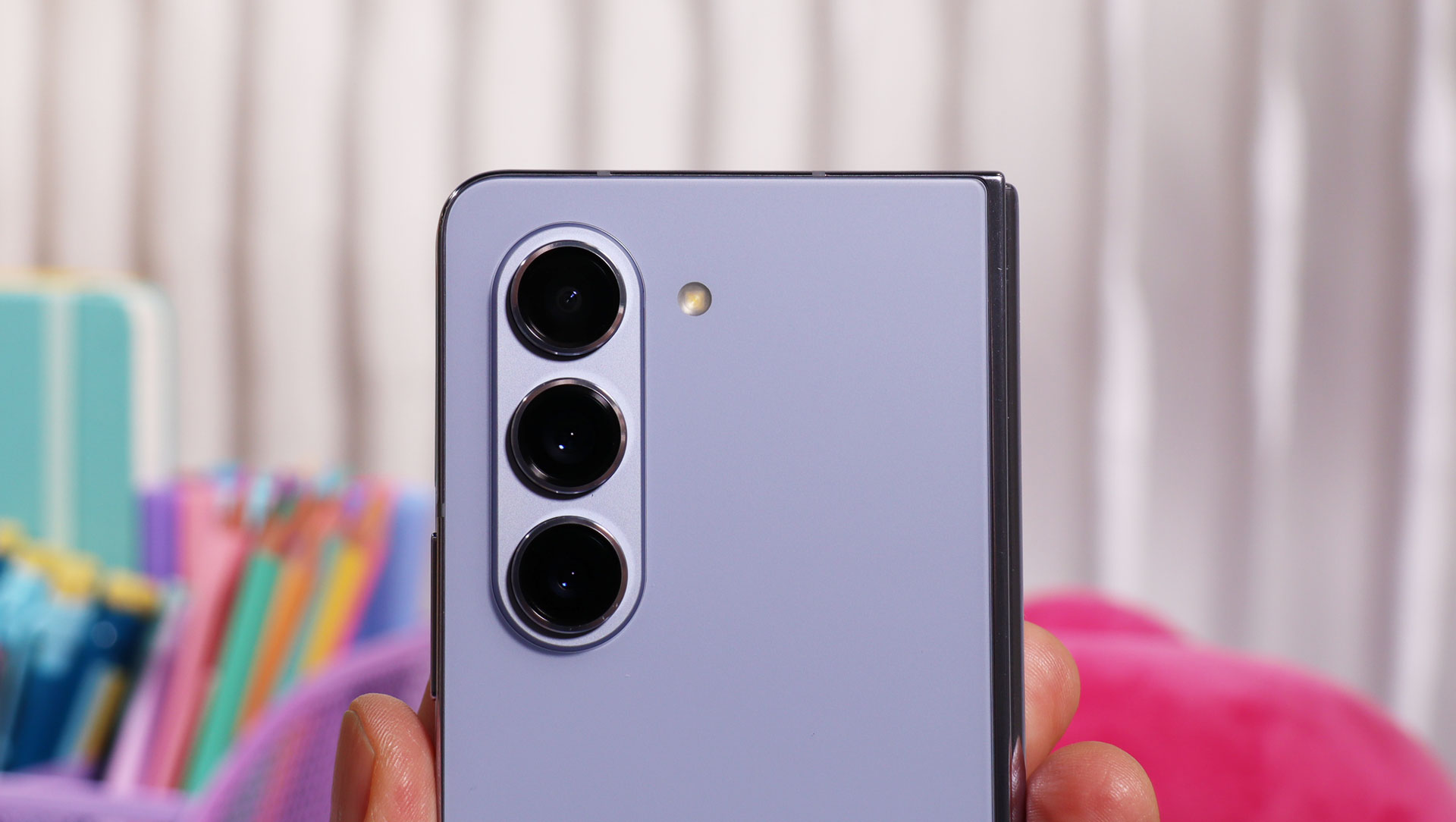
There’s a triple-lens camera on the back of the Samsung Galaxy Z Fold 5, consisting of a 50MP f/1.8 wide-angle camera, a 12MP f/2.2 ultra-wide (with a 123-degree field of view), and a 10MP f/2.4 telephoto, with 3x optical zoom. The wide and telephoto cameras also have optical image stabilization (OIS).
Then on the front there’s a 10MP f/2.2 camera for selfies, while on the foldable display there’s a 4MP f/1.8 camera hidden under the screen.
These are the same cameras as you’ll find on the Samsung Galaxy Z Fold 4, so you might be disappointed not to find any upgrades here, especially as the Samsung Galaxy S23 Ultra has a much better camera configuration.
But foldable handsets have never ranked among the very best camera phones, and the setup here is comparable to what you’ll find on most rival foldable devices. Plus, there may be some improvements behind the scenes, powered by the new chipset.
Samsung Galaxy Z Fold 5: specs and features

One of the biggest upgrades you’ll find on the Samsung Galaxy Z Fold 5 is its chipset, which is a Snapdragon 8 Gen 2 for Galaxy. This is what you’ll also find in the Samsung Galaxy S23 line, and it’s essentially a slightly faster version of the standard Snapdragon 8 Gen 2, making it the best chipset available to Android phones.
That said, it’s only a half generation ahead of the Snapdragon 8 Plus Gen 1 found in the Galaxy Z Fold 4.
Still, it’s the best you could possibly expect with what’s currently available to Samsung, and should ensure that the Z Fold 5 is every bit as powerful as most of the other best phones.
That chipset is joined by 12GB of RAM, which is the same amount as last year, and up to 1TB of storage.
The phone runs Android 13, overlaid with Samsung’s One UI 5.1.1. Other specs and features include 5G, stereo speakers, and a side-mounted fingerprint sensor. The phone also supports Samsung’s S Pen stylus – but this is sold separately.
The Samsung Galaxy Z Fold 5 will also be supported for a long time, with the promise of four years of Android version updates and five years of security updates. While that’s still not a match for Apple’s support of its phones, it is better than most other Android manufacturers manage.
Samsung Galaxy Z Fold 5: battery

Another thing that hasn’t changed is the battery, with the Samsung Galaxy Z Fold 5 having a 4,400mAh one, just like its predecessor. For reference, we found the Z Fold 4 could make it through most of a very long day, but certainly didn’t offer multiple days of life.
However, it’s possible that the Samsung Galaxy Z Fold 5 will last longer, due to the change in chipset and potentially some optimizations, but we won’t know until we’ve put it through a full review.
It can charge at 25W, getting it to around a 50% charge in 30 minutes, and it also supports wireless charging and Wireless PowerShare (also known as reverse wireless charging – a tech which lets you use the phone as a wireless charger for other devices). You don’t get a charger in the box, but a USB-C cable is included.
James is a freelance phones, tablets and wearables writer and sub-editor at TechRadar. He has a love for everything ‘smart’, from watches to lights, and can often be found arguing with AI assistants or drowning in the latest apps. James also contributes to 3G.co.uk, 4G.co.uk and 5G.co.uk and has written for T3, Digital Camera World, Clarity Media and others, with work on the web, in print and on TV.